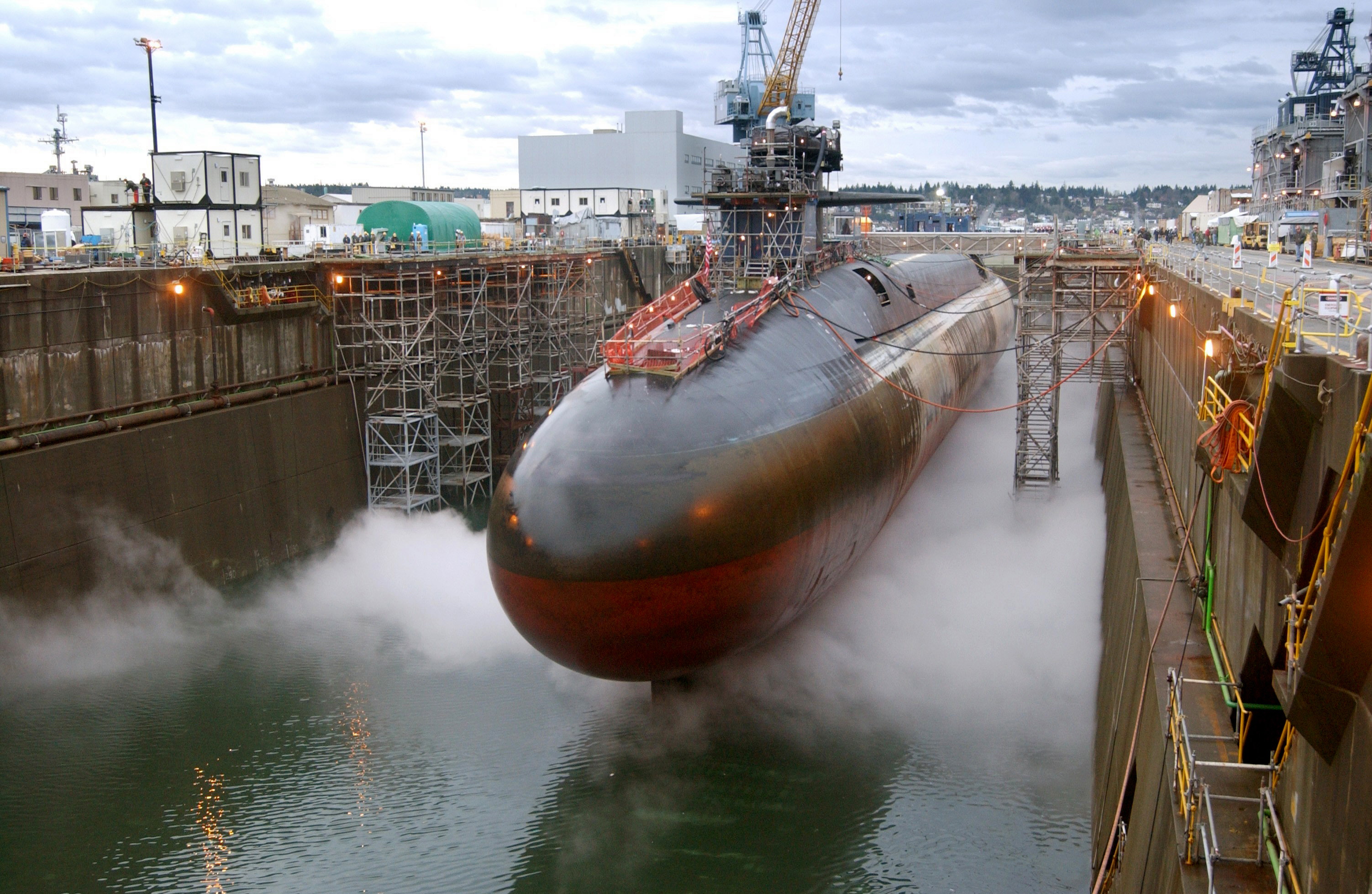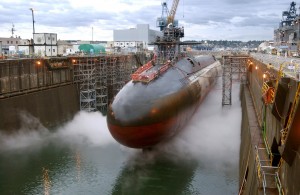
Nuclear Programs Force Defense Budget Tradeoffs
 There are a lot of ways you spend $640 billion. You might invest in military capabilities that keep our troops safe in the field. You could expand programs that benefit veterans. You might even put something towards paying off the national debt, which is at $16 trillion and climbing.
There are a lot of ways you spend $640 billion. You might invest in military capabilities that keep our troops safe in the field. You could expand programs that benefit veterans. You might even put something towards paying off the national debt, which is at $16 trillion and climbing.
Instead, U.S. policymakers are choosing to spend $640 billion over the next ten years on nuclear weapons and related programs.
The $640 billion question, as Ploughshares Fund’s Ben Loehrke puts it, is this: “Should the U.S. put its money toward a Cold War nuclear strategy? Or should those funds be spent to equip the military to address 21st century realities?”
Today, two decades after the Cold War, the U.S. still has over 5,000 warheads in its active stockpile. Moreover, we are planning to embark on several ambitious and expensive modernization programs for nuclear bombs and delivery systems.
This oversized nuclear arsenal fails to address the national security threats we face today. As Lt. Gen. Dirk Jameson, former deputy commander in chief and chief of staff of STRATCOM, recently wrote, “Having more weapons doesn’t mean we are ‘winning’—or will even succeed in deterring others from pursuing nuclear weapons. It merely reflects that our nuclear strategy is ill-suited to our times.”
Spending more on nuclear weapons means spending less on more effective defense capabilities. This tradeoff becomes even starker as the Pentagon budget faces budget constraints. Unless we take a hard look at our nuclear spending plan, unnecessary nuclear programs could squeeze more important programs out of the budget.
In a $640 billion budget, examples of unnecessary programs are not hard to find. The life extension program for the nuclear bombs deployed in Europe, for example, is estimated at $10 billion – more than double last year’s cost estimate. A facility to produce new plutonium pits, the cores of nuclear weapons, could cost close to $6 billion. Buying 12 new nuclear-armed submarines will cost about $100 billion; operating the fleet will cost billions more, for total lifecycle costs of close to $350 billion.
Military leaders, security experts, and policymakers on both sides of the aisle agree that eliminating excess nuclear capabilities will strengthen U.S. national security. General James Cartwright, former head of U.S. Strategic Command, former Secretary of State Colin Powell, and many others have called for shedding Cold War capabilities for a smaller, more effective nuclear force.
The answer to the $640 billion question is clear. Spending billions on unnecessary nuclear capabilities isn’t just unwise; it puts U.S. national security at risk by diverting resources from necessary defense programs.
The real $640 billion question is this: will parochial interests trump national security? Or will policymakers make the right choice to end Cold War thinking and bring our nuclear strategy into the 21st century?






… [Trackback]…
[…] Read More here: americansecurityproject.org/blog/2012/nuclear-programs-force-defense-budget-tradeoffs/ […]…
[…] Nuclear Programs Force Defense Budget Tradeoffs […]